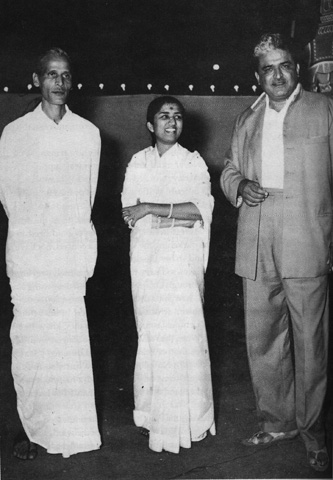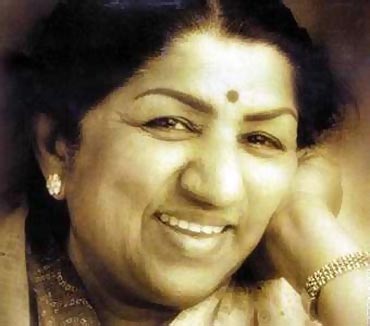
Name:-Sachin Ramesh Tendulkar
Nickname:-Master Blaster , Little Master
Born:- 24 April 1973 (age 40) Bombay, Maharashtra, India
Education:- Kirti M.Doongursee College
Spouse:- Anjali Tendulkar (m. 1995)
Sachin Tendulkar Children:-Arjun Tendulkar(Son)
Sara Tendulkar(Daughter)
Batting style:- Right-handed
Role:- Batsman
Awards: Wisden Cricketers of the Year, Padma Vibhushan, Arjuna Award, Rajiv Gandhi Khel Ratna, Padma Shri, Maharashtra Bhushan Award, Wisden Leading Cricketer in the World, Sir Garfield Sobers Trophy, ICC World ODI XI, World Test XI, Wisden India Outstanding Achievement Award, LG People's Choice Award, Outstanding Achievement in Sport, BCCI Cricketer of the Year, Castrol Indian Cricketer of the Year, People's Choice Award
************************************************************************************************************************************************************************************************************
Sachin Tendulkar childhood photos:-



Sachin With Ajit Ranade

Sachin And Kambli During Practice



Sachin With His Father Ramesh Tendulkar



The Greatest Batsman and a Great Man

Sachin Tendulkar was born April 24, 1973 in Bombay, India. Given his first cricket bat at the age 11, Tendulkar was just 16 when he became India's youngest Test cricketer. In 2005 he became the first cricketer to score 35 centuries (100 runs in a single inning) in Test play. In 2007 Tendulkar reached another major milestone, becoming the first player to record 15,000 runs in one-day international play. Sachin Tendulkar has been the most complete batsman of his time, the most prolific runmaker of all time, and arguably the biggest cricket icon the game has ever known. His batting is based on the purest principles: perfect balance, economy of movement, precision in stroke-making, and that intangible quality given only to geniuses - anticipation. If he doesn't have a signature stroke - the upright, back-foot punch comes close - it is because he is equally proficient at each of the full range of orthodox shots (and plenty of improvised ones as well) and can pull them out at will.
There are no apparent weaknesses in Tendulkar's game. He can score all around the wicket, off both front foot and back, can tune his technique to suit every condition, temper his game to suit every situation, and has made runs in all parts of the world in all conditions.
Some of his finest performances have come against Australia, the overwhelmingly dominant team of his era. His century as a 19-year-old on a lightning-fast pitch at the WACA is considered one of the best innings ever to have been played in Australia. A few years later he received the ultimate compliment from the ultimate batsman: Don Bradman confided to his wife that Tendulkar reminded him of himself.
Blessed with the keenest of cricket minds, and armed with a loathing for losing, Tendulkar set about doing what it took to become one of the best batsmen in the world. His greatness was established early: he was only 16 when he made his Test debut. He was hit on the mouth by Waqar Younis but continued to bat, in a blood-soaked shirt. His first Test hundred, a match-saving one at Old Trafford, came when he was 17, and he had 16 Test hundreds before he turned 25. In 2000 he became the first batsman to have scored 50 international hundreds, in 2008 he passed Brian Lara as the leading Test run-scorer, and in the years after, he went past 13,000 Test runs 30,000 international runs, and 50 Test hundreds.
He currently holds the record for most hundreds in both Tests and ODIs - remarkable, considering he didn't score his first ODI hundred till his 79th match. Incredibly, he retains a divine enthusiasm for the game: at 36 years and 306 days he broke a 40-year-old barrier by scoring the first double-century in one-day cricket. In 2012, when just one month short of his 39th birthday, he became the first player to score 100 international centuries, which like Bradman's batting average, could be a mark that lasts for ever. Later that year, though, he announced his retirement from ODIs after a disappointing 18 months in international cricket. In October 2013, having played 198 Tests, Tendulkar announced that he would quit the longest format after playing his 200th Test, at home against West Indies.
Life History of Sachin Tendulkar:-

Sachin Ramesh Tendulkar, the great Indian cricket player needs no introduction to the fans of cricket. He has a god like image in India and treated as a super hero. Even the neighboring Pakistan, Srilanka and Bangladesh are full with thousands of fanatic followers of Sachin Tendulkar. Sachin Tendulkar, history of his life, his achievements and also he as a man are the subjects of discussion to millions of Indians. His life and records is a actually a very long saga for which a book of biography will be appropriate. But here we are going to make a short life history and biography of Sachin Tendulkar.
Sachin’s school Sharadashram Vidyamandir played an important role for his life as a cricketer. This school had a great games teacher Sri Ramakanta Achrekar, the coach and mentor of Sachin. He was trained vigorously by Achrekar who did not falter to recognize the talent of the boy.
While playing for his school team Tendulkar got the attention of the Mumbai cricket world as a future possible star. In 1988, at the age of 15 he got the attention of all India sports media by making an unbeaten partnership of 644 runs with his friend Vinod Kambli which was a world record.
In 1988 at the age of 15 he played for the Mumbai Ronji Trophy Team. In his debut match against Gujrat he scored a century and thus made a record of scoring the first class debut century at the youngest age.
"Every individual has his own style, his own way of presenting himself on and off the field."
– Sachin Tendulkar
Career Records:-

Sachin Tendulkar has as outstanding career record as a batsmen. He has done what no one could not. Till date he has played 188 tests in which he has scored a whooping 15,470 runs! No one is not close enough. He has 51 test hundreds, the highest number of centuries ever made by any cricketer in international cricket. He played 462 ODI matches in which he has scored 18,374 runs. He has 49 ODI centuries.Sachin played his first test match against Pakistan in Karchi in 1989 at the age of 16. He faced one of the deadliest Pakistani bowling attack ever. He only scored 15 and was bowled out by Waqar Younis. In the second test he scored a fifty.
In his first ODI he scored a zero bowled by , well, Waqar Younis. Tendulkar scored his first test century against England in 1990 at Old Trafford. The innings was highly praised because it was played in a very tough condition.
In his first ODI he scored a zero bowled by , well, Waqar Younis. Tendulkar scored his first test century against England in 1990 at Old Trafford. The innings was highly praised because it was played in a very tough condition.
Best Performances:-
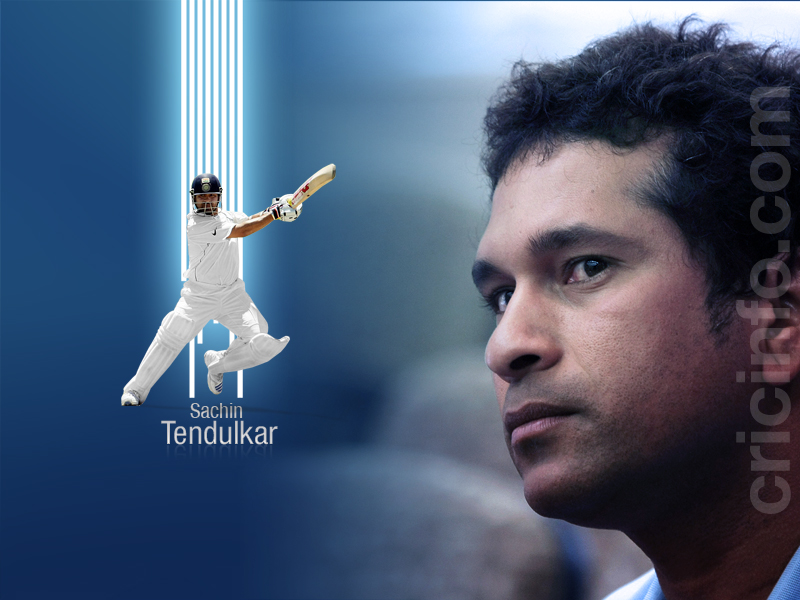
- 119 not out v England, Old Trafford, 1990
- 114 v Australia, Perth, 1991-92
- 169 v South Africa, Cape Town, 1996-97
- 155 not out v Australia, Chennai, 1997-98
- Century v Australia, Sharjah, 1997-98
- 134 v Australia, Sharjah final, 1997-98
- 141 and 4 for 38 v Australia, Dhaka, 1997-98
- 136 v Pakistan, Chennai, 1998-99
- 233 not out v Tamil Nadu, Mumbai, 1999-2000
- 155 v South Africa, Bloemfontein, 2001-02
- 98 v Pakistan, Centurion, 2003
- 117 not out v Australia, Sydney, 2007-08
- 37 and 103 not out v England, Chennai, 2008-09
- 175 v Australia, Hyderabad, 2009-10
- 200* v South Africa, Gwalior, 2009-10
- 146 v South Africa, Cape Town, 2010-11
Family Photos:-




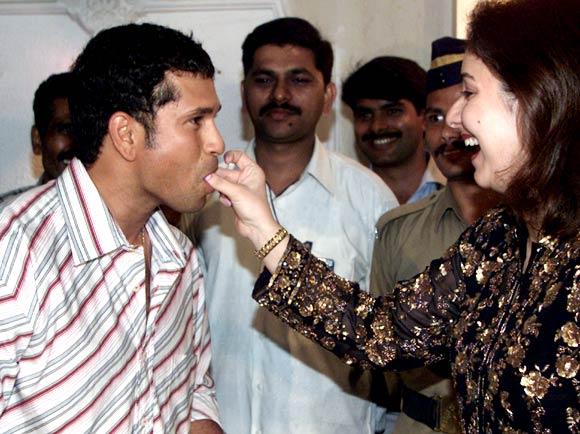



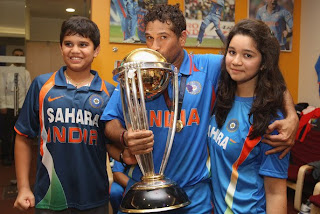

his 40th birthday a look at some of the unseen moments the cricket legend with his family - wife Anjali and children Sara and Arjun

In his career so far he has broken many records, won numerous honours and faced the worst bouncers. The journey has not been easy. And through his ups and downs his wife Anjali has always stood by him.

When Sachin and Anjali first met in 1990, Anjali couldn't recognise Sachin! In fact, she feels that the batting maestro perhaps fell for her lack of cricket knowledge.

Sachin Tendulkar is also a Philanthrophist. He sponsors 200 underprivileged children every year through Apnalaya, a Mumbai-based NGO associated with his mother-in-law, Annabel Mehta.
Sachin is a genius:-
.jpg)
to a middle-class family, the youngest of four children. His father was a professor while his mother worked for a life insurance company. Named after his family's favorite music director, Sachin Dev Burman, Tendulkar wasn't a particularly gifted student, but he'd always shown himself to be a standout athlete. He was 11 years old when he was given his first cricket bat and his talent in the sport was immediately apparent. At the age of 14 he scored 329 out of a world record stand of 664 in a school match. As his accomplishments grew, he became a sort of cult figure among Bombay schoolboys. After high school Tendulkar enrolled at Kirti College, where his father also taught. The fact that he decided to go to the school where his father worked was of no surprise. Tendulkar's family is very close and years after he'd achieved stardom and cricket fame, he continued to live next door to his parents.
Professional Play:-
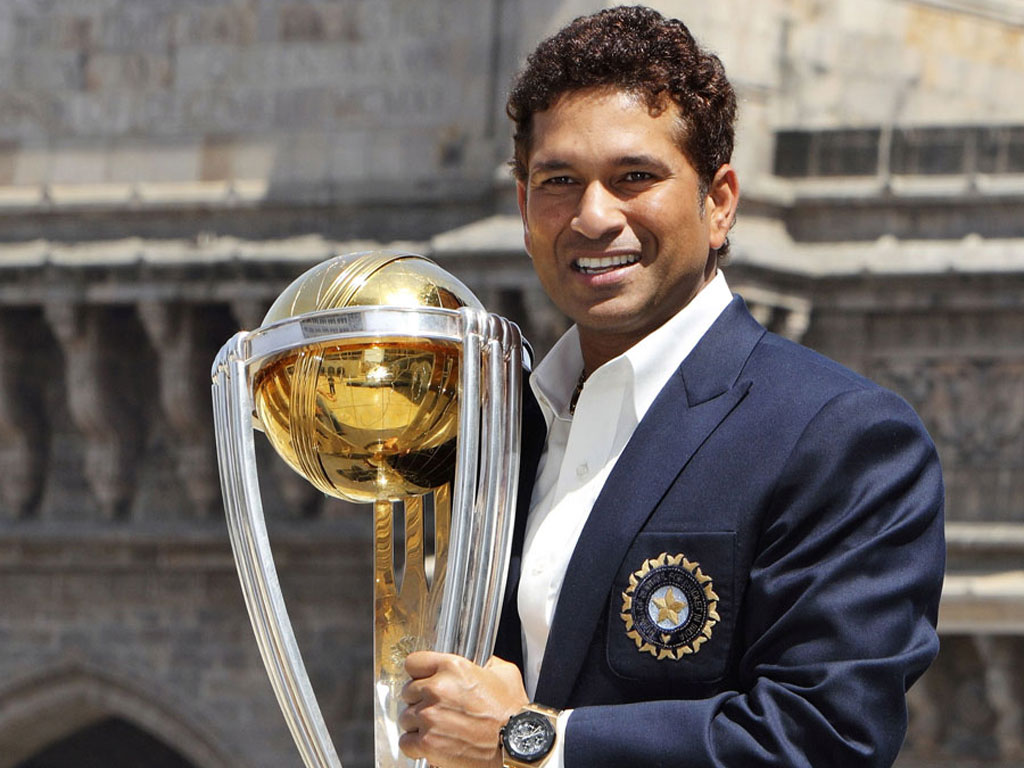

Tendulkar made his debut in international competition at 16 with a match against Pakistan in Karachi. He wasted little time matching the expectations surrounding his arrival on the professional field. At the age of 18 he scored a pair of centuries in Australia, then in 1994 racked up a score of 179 in a match against the West Indies.Tendulkar was just 23 when he was named captain of his country's team for the 1996 World Cup. While the tournament proved to be a disappointment for his club, Tendulkar did nothing to diminish his own standing as one of the world's dominant players. He finished out the World Cup as the event's top scorer. In India, Tendulkar's star shined even brighter. In a country reeling from troubled economic times, the young cricketer was seen as a symbol of hope by his countrymen that better times lay ahead. On national newsweekly went so far as to devote an entire issue to the young cricketer, dubbing him "The Last Hero" for his home country. His style of play—aggressive and inventive—resonated with the sport's fans, as did Tendulkar's unassuming off the field living. Even with his increasing wealth, Tendulkar showed humility and refused to flaunt his money. Tendulkar's dominance of his sport has continued, even as he's moved well into his thirties. He scored his record-breaking 35th century in Test play in December 2005 in a match against Sri Lanka. In June 2007 he set another mark when he became the first player to record 15,000 runs in one-day international play. In January 2010 he again moved into the record books when became the first batsman to score 13,000 runs in Test play.

The Rise of the King:-

Tendulkar was getting success in subsequent matches. But he became famous as a hard hitter batsmen who was good for a quick 40-50 runs. It was rare to get a longer innings from him at the earlier stage. After playing 79 matches he scored his first ODI century against New Zealand ! In the 1996 world cup he was the top run scorer. It was his time to rise. In the next series with Australia he single handedly beaten the world’s best cricket team.In 1997 he was elected captain but was not successful. During the 1999 world cup Tendulkar lost his father. In 2003 world cup he scored 673 runs and played a pivotal role in India’s going to final.
In 10th December 2005 he scored his record breaking 35th test century against Sri Lanka.
Sachin Tendulkar Quotes:-

"I hate losing and cricket being my first love, once I enter the ground it's a different zone altogether and that hunger for winning is always there."
"My point of view is that when I am playing cricket I cannot think that this game is less or more important."
"I always had a dream to play for India but I never let it put pressure on me."

"I just keep it simple. Watch the ball and play it on merit."
"I grew up looking at my father as to how to behave. In watching him I grasped so many things. His own temperament was of a calm person. He was very composed and I never saw anger in him. To me, that was fascinating."
"If efforts to do social work are couched in selfish motives, then they will die a premature death. Why would my efforts get politicised? I have values I inherited from my father. He helped many. Anyone, even a postman knocking on our door would get a glass of water and some sweets."
******************************************************************************************************
Sachin Tendulkar Quotes:-

"I hate losing and cricket being my first love, once I enter the ground it's a different zone altogether and that hunger for winning is always there."
"My point of view is that when I am playing cricket I cannot think that this game is less or more important."
"I always had a dream to play for India but I never let it put pressure on me."

"I just keep it simple. Watch the ball and play it on merit."
"I grew up looking at my father as to how to behave. In watching him I grasped so many things. His own temperament was of a calm person. He was very composed and I never saw anger in him. To me, that was fascinating."
"If efforts to do social work are couched in selfish motives, then they will die a premature death. Why would my efforts get politicised? I have values I inherited from my father. He helped many. Anyone, even a postman knocking on our door would get a glass of water and some sweets."
******************************************************************************************************


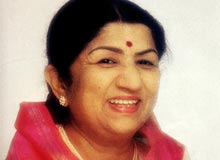




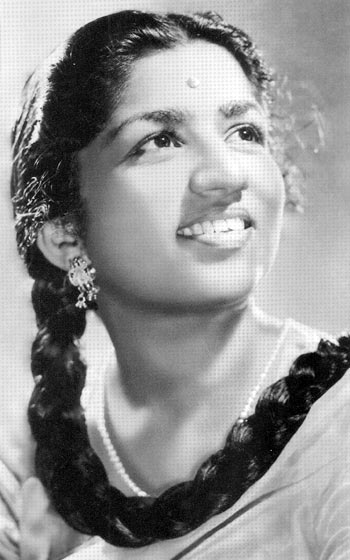











com.jpg)

